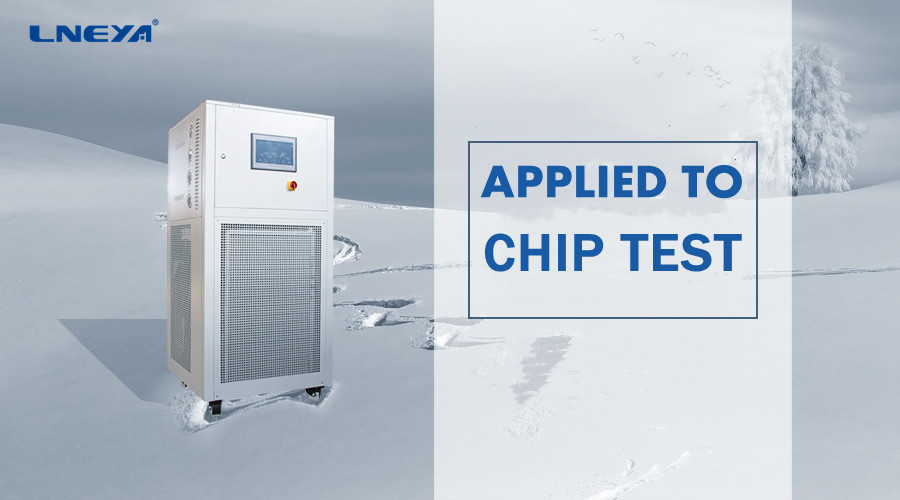How to use a multimeter to test the components of the chip test temperature control machine?
The chip test temperature controller is used for IC, CPU, GPU, DPU, BGA, FCBGA, LGA, QFN, QFP, CSP, WLCSP, Bare Die, and other Device Under Test. So, how to use a multimeter for these commonly used components What about testing?

For electronic components such as transformers, deflection coils, compensation inductors, etc., since the resistance of the inductive components wound by the wire is very low, it is difficult to detect short-circuit faults; open-circuit faults depend on the resistance of the two ends of the test component It should be greater than its normal value (you need to know its resistance value in advance or find a component of the same model and compare it after testing). The test of the forward and reverse resistance should conform to the PN junction rule, and the multimeter value should be low (R×10 or R×100). When the diode is connected in parallel with the capacitor, due to the charging and discharging effect of the capacitor, the test needs to wait a while until the resistance value is stable. It can be judged correctly later; but when the diode is connected in parallel with the inductance coil, because the resistance value of the inductance coil is very small, this is invalid in the road test.
The positive and negative resistance between the e-b or b-c poles of the electronic components of the test transistor must still comply with the test law of PN junction, and the difference between the positive and negative resistance values between e-c should be smaller. Use R×100 or R×1K gear to measure high-power tube. It should be noted that the condition of the transistor in the circuit is more complicated, and only when the PN junction does break down or open the circuit can be seen. When the resistance of the parallel component between the two poles is too low, the detection of one pole needs to be disconnected to be effective.
The result of testing the resistance of electronic components must be less than or equal to the nominal value of the resistor (see the appearance of the resistor or the mark on the schematic diagram). If it is greater than the nominal value, the resistor has been damaged. If it is a potentiometer or a semi-adjustable resistor, you can use a multimeter to connect one end of the potentiometer to any point, and the other end to any point. Rotate the shaft. The resistance should change, and the measured resistance should be less than or equal to the nominal resistance.
If there are no short-circuit components at the two ends of the capacitor (such as inductance coils, etc.), the resistance of the two ends should be greater than zero, and there should be charging and discharging when measuring a larger capacity capacitor, otherwise the capacitor has broken down or failed.
The quality of components can be judged by using a multimeter for testing, which can increase the speed of component maintenance and is also conducive to the effective operation of the chip testing temperature control device in the testing work.
 LNEYA Industrial Chillers Manufacturer Supplier -
LNEYA Industrial Chillers Manufacturer Supplier -











